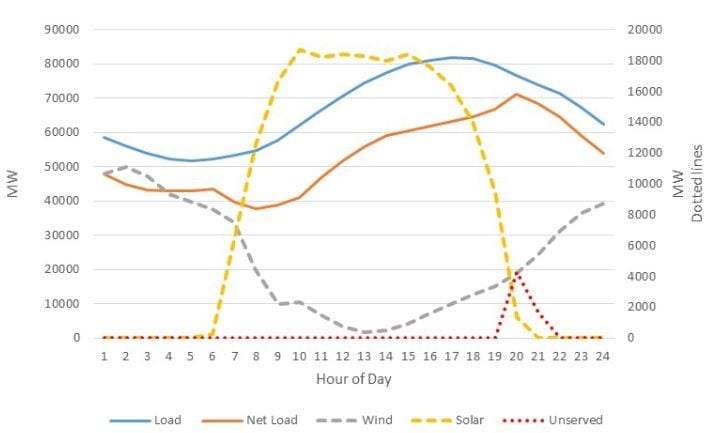As we know, the US EV market is booming. While 2019 showed a small decline in the total volume of car sales, EV sales have been on the rise, increasing nearly seven-fold over the past 6 years reaching 358,000 sales in 2018. In 2020, with auto sales overall down in the millions, Tesla alone was able to delver 500,000 electric cars.
This unprecedented adoption of EV’s has in turn created a massive demand for electricity which has come parallel to creating new challenges for our electrical grid. Tom Baker, a managing director with Boston Consulting Group spoke with the EV news outlet POWER and stated the following:
“Assuming 15–20% of all vehicles in a representative utility’s service area are EVs by 2030, and that the utility is somewhat successful at optimizing when and where EVs are charged, we expect a 5–10% increase in energy demand but a 25–33% increase in demand for grid capacity.”
All of this points to EV charging accounting for a profound impact on the electrical grid, especially in a state like Texas. Just this past summer alone, we saw the Texas electrical grid pushed to the limit with more Texans using their AC trying to combat record breaking temperatures. This has caused Texas electricity companies to reach a tipping point in their ability to meet demand during peak-hours. In fact, we’re finding now that electricity demand is actually outpacing what these energy companies can even produce.
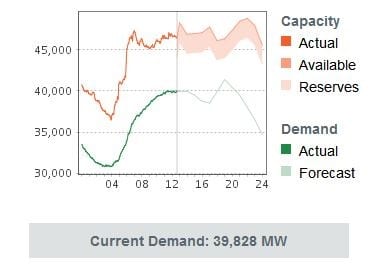
The Influence of EVs
Over the past decade, there has been a massive rise of electric vehicles in Texas. Tesla has come onto the scene and in just under a decade surpassed the sales figures of some of the largest automotive companies in the world.
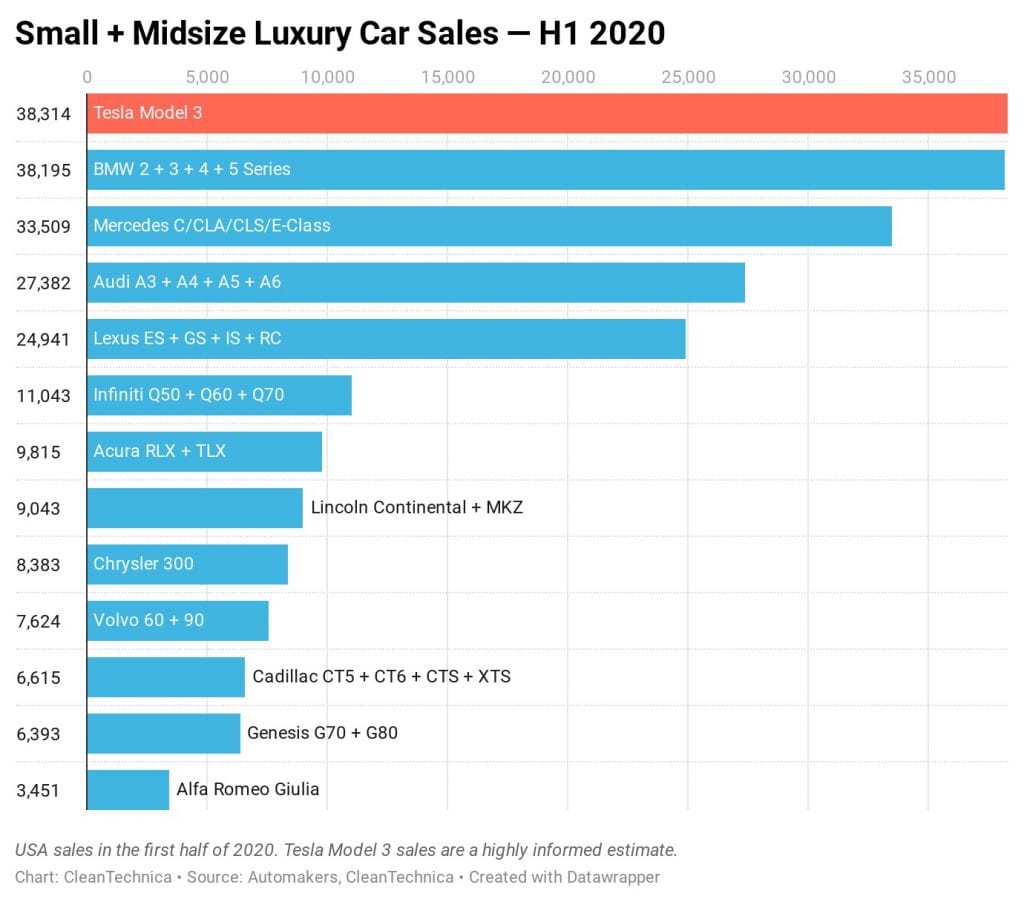
Tesla has provided a great alternative for Texans looking for a green, energy-efficient alternative to that gas-guzzler car. With this massive shift to EVs, we’re finding a net-positive impact on the environment through reduced carbon emissions and a positive impact on the projected environmental trends for Texas heading into the future. However, now that so many Texans are opting to charge their Tesla rather than fill up on gasoline, we’re also seeing the Texas electrical grid take on additional strain on top of the already high AC usage caused by the record hot summers.
What Does This Mean For The Texas Electrical Grid?
In the short term, Texas-based electricity companies are adding heavy investments to catch up with demand. However, it may take a while to finally see the outcome of these projects. These plants often take years to develop and have to account for future local demand as these energy companies activate new electricity providers. In the meantime, some states are actually looking to businesses and homes with stored battery energy to supply the grid with electricity.
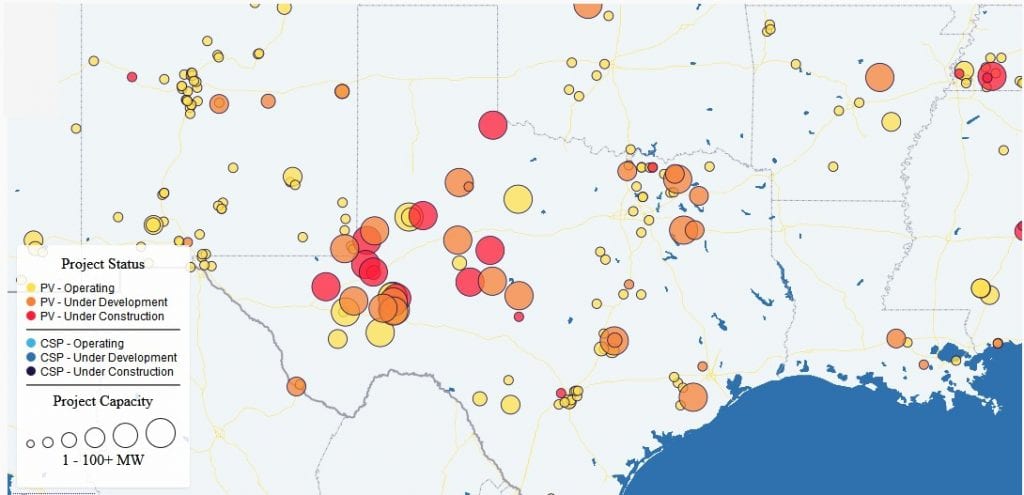
What If We Do Nothing?
Researchers have found that with a projected increase of 60,000 EVs charging simultaneously for just 5-minutes, upwards of 70 Gigawatts of additional energy demand from the Texas electricity grid would be needed. This uptick puts the Texas grid at peak output, teetering on meeting the demand of the EV community. 60,000 additional cars may seem like a lot, but with 24 million vehicles in Texas today, 60,000 is less than a quarter of a percent change in EVs entering the Texas market! So in reality, doing nothing really isn’t an option. Infrastructure needs to be put in place to help support this additional demand and Tesla owners and EV owners alike need to consider how they can help address the problem.
Ways To Help With Your Charging Habits
Before you go turn off all the lights in your home, there are other ways you can help with more impact! As a Tesla owner, you have an incredible opportunity to help in this strain on the electrical grid by opting to charge your Tesla outside of peak-hours.
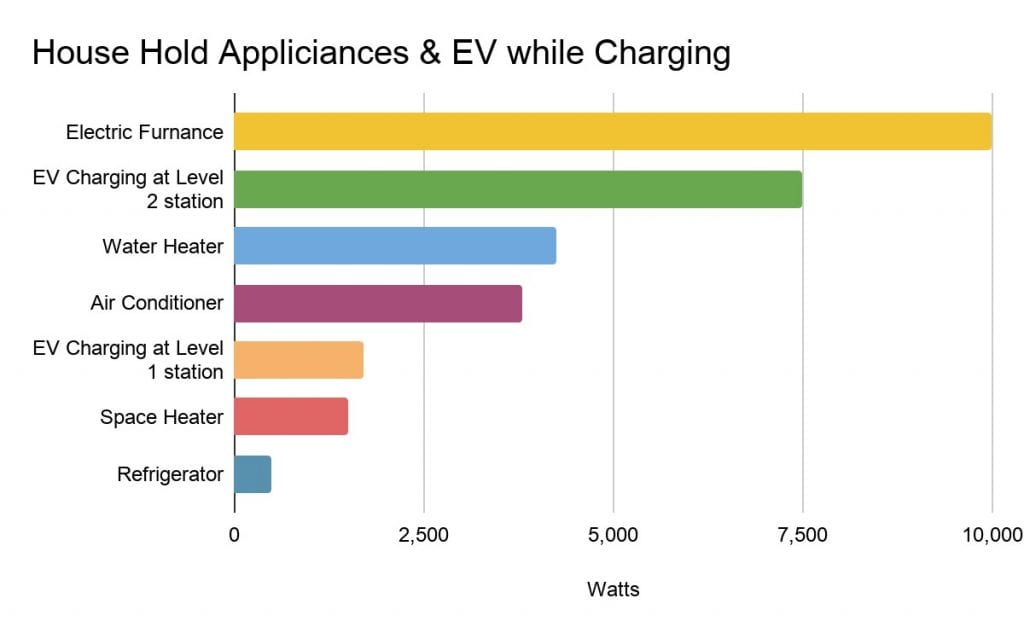
If enough Texans opt to charge their Tesla during off-peak hours, they can effectively flatten out the spike in high-demand hours where electricity providers are finding it hard to meet that demand. This is one incredibly effective way to help reduce the strain on the electrical grid and can be easier than activating new sources of electricity.
It can be cumbersome to keep track of electricity demand and knowing when high-demand is happening in your specific area. The ERCOT website gives a real-time look, but there is still action required on your part to help. There are services available that simplify this process, some of which can automatically delay the charging of your Tesla during times of high-demand on the grid. Out of those services, Optiwatt is a free service that launched grid support in Texas this month. They are currently offering a $5 sign-up bonus for a thousand Tesla owners who register and sign up for helping the grid in Texas. However, we aren’t sure how many rewards are left at the time of publishing.
Other Considerations
Outside of being mindful when you’re charging your Tesla, there are other ways to help reduce strain on the electrical grid. Becoming energy independent through adding solar panels to your home is one of the most effective ways to achieve this. Since Texas gets around 200-250 sunny days per year, you’ll easily be able to draw your own electricity and even supply the energy companies with electricity when they need it most!
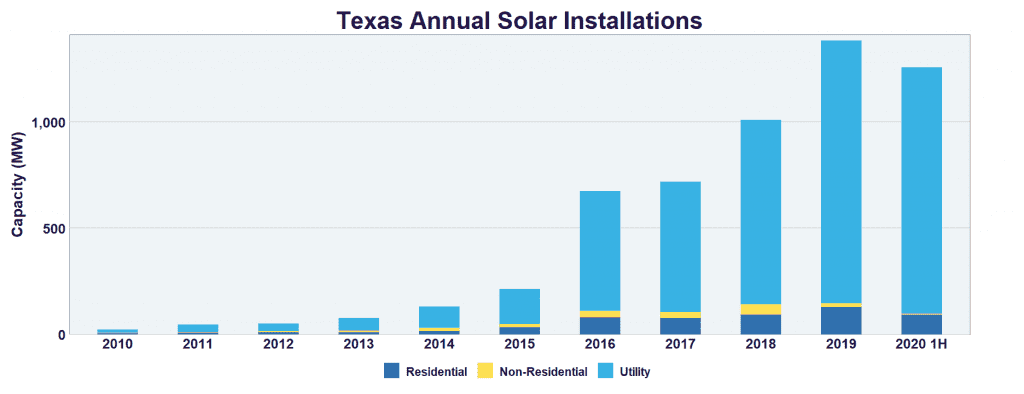
Next Steps
You have a great opportunity to not only help in green initiatives by driving an EV, but also to help reduce the impact and strain on the electric grid by aligning your charging schedule on off-peak hours. By staying engaged in Tesla services, strategies and education around these new challenges, you can surely be part of the solution rather than adding to the challenge.

.
